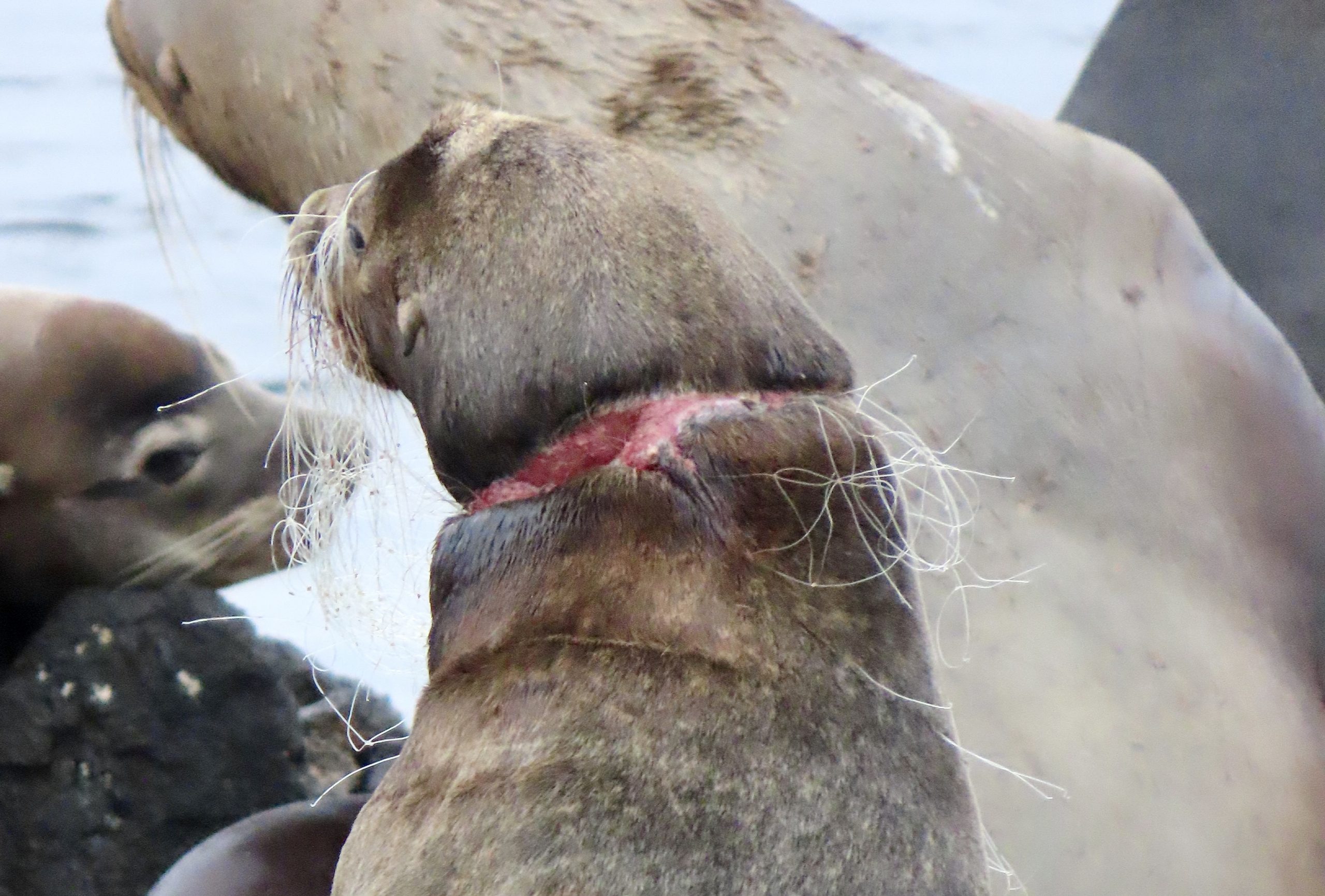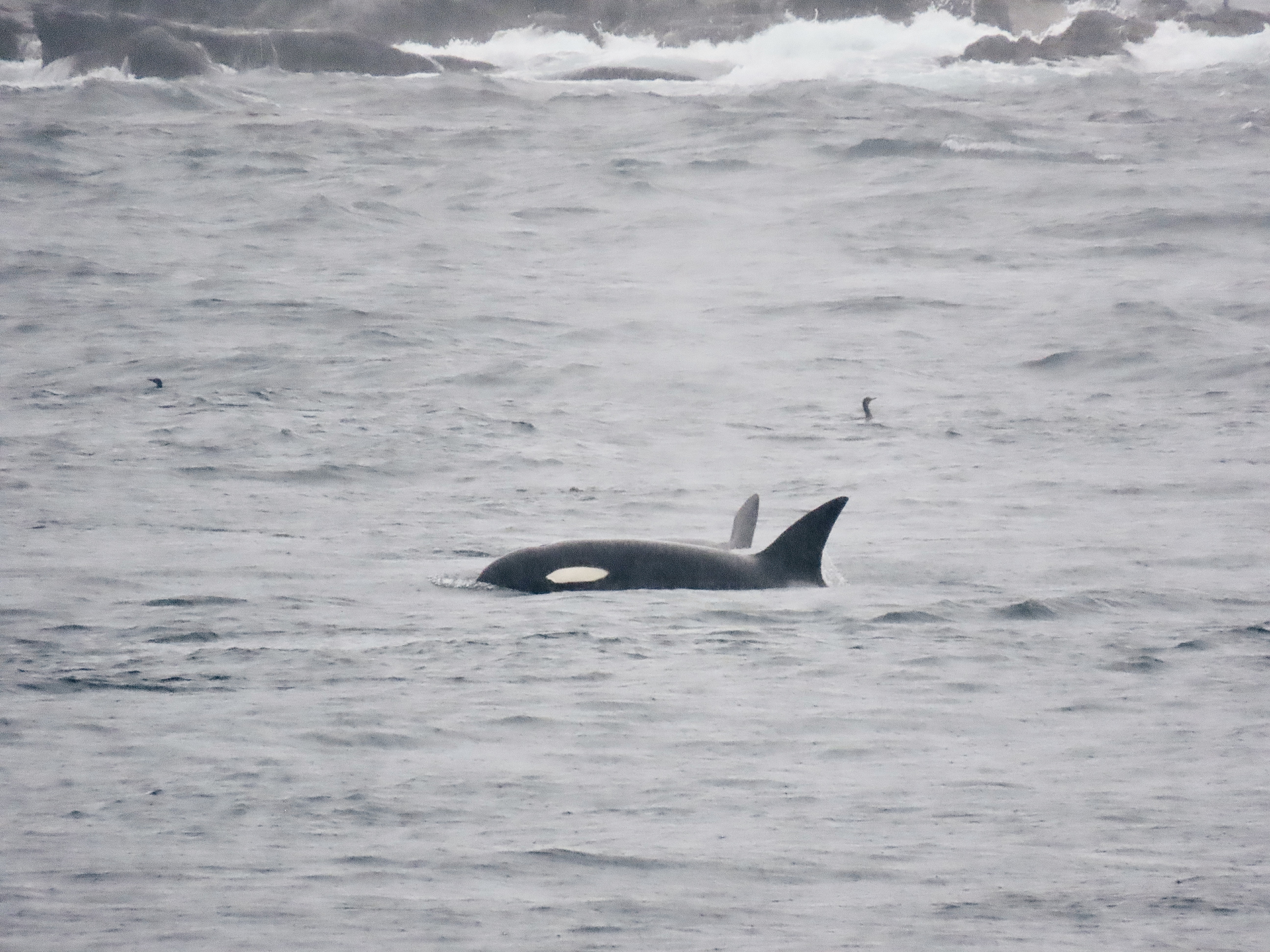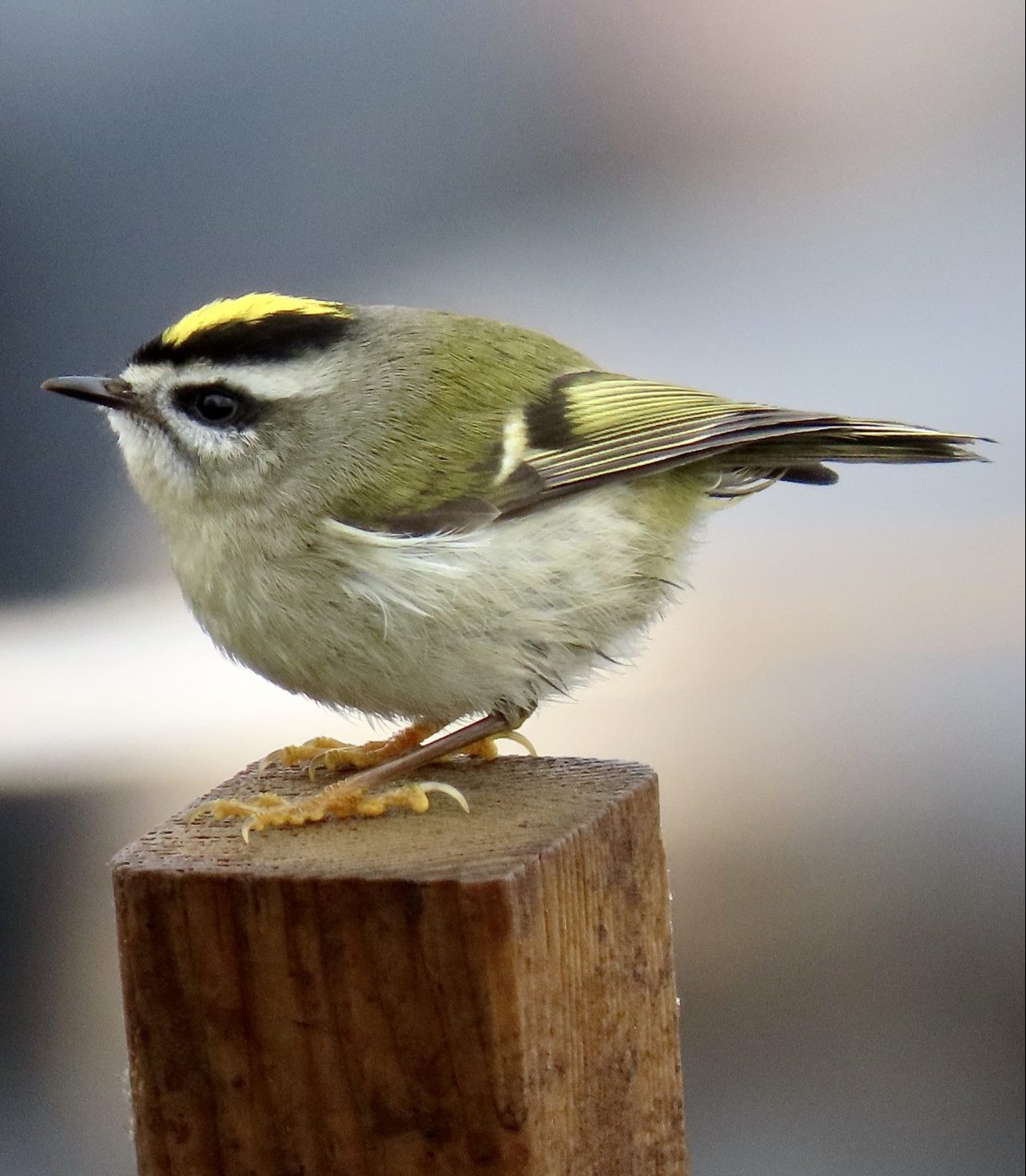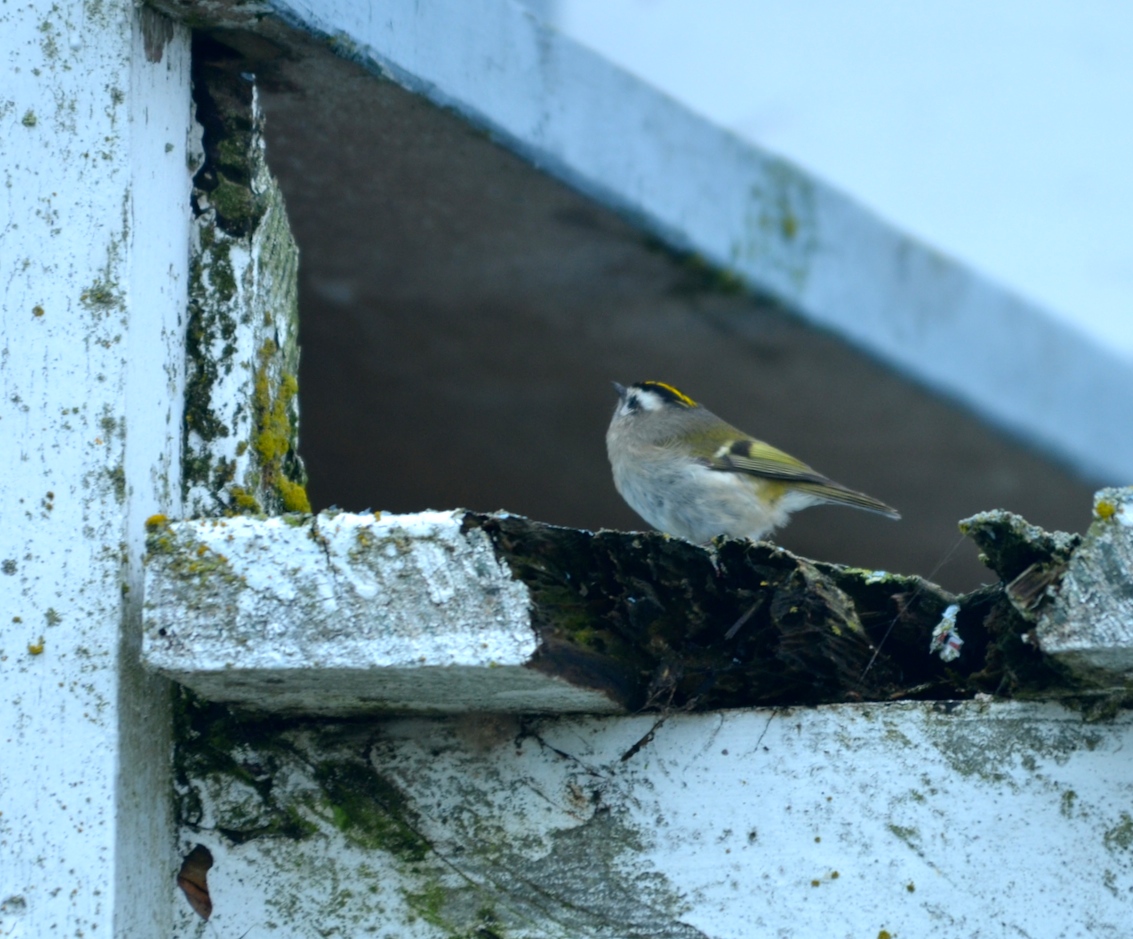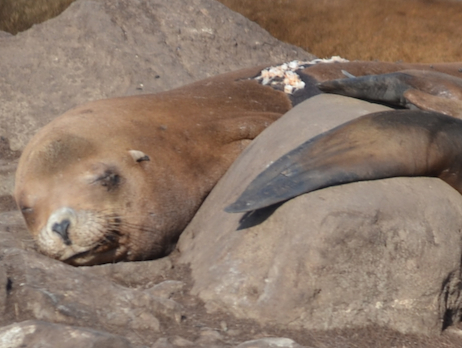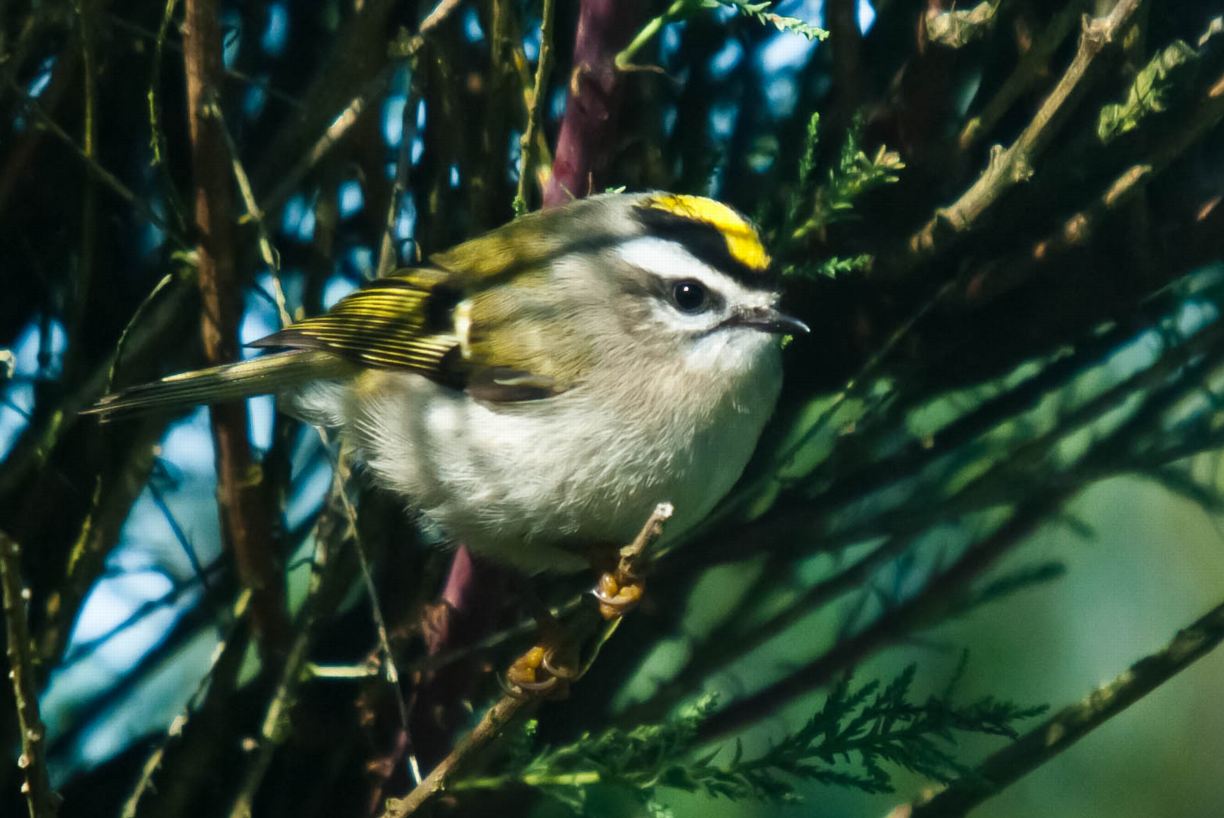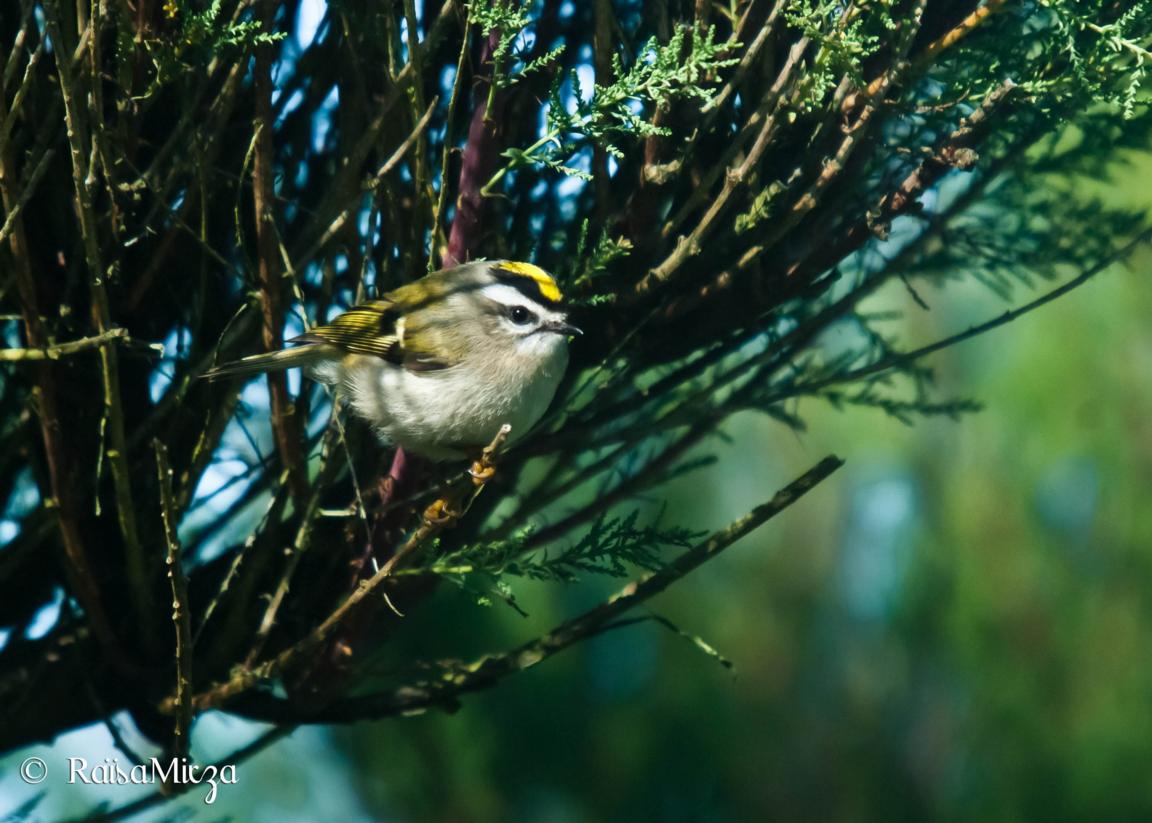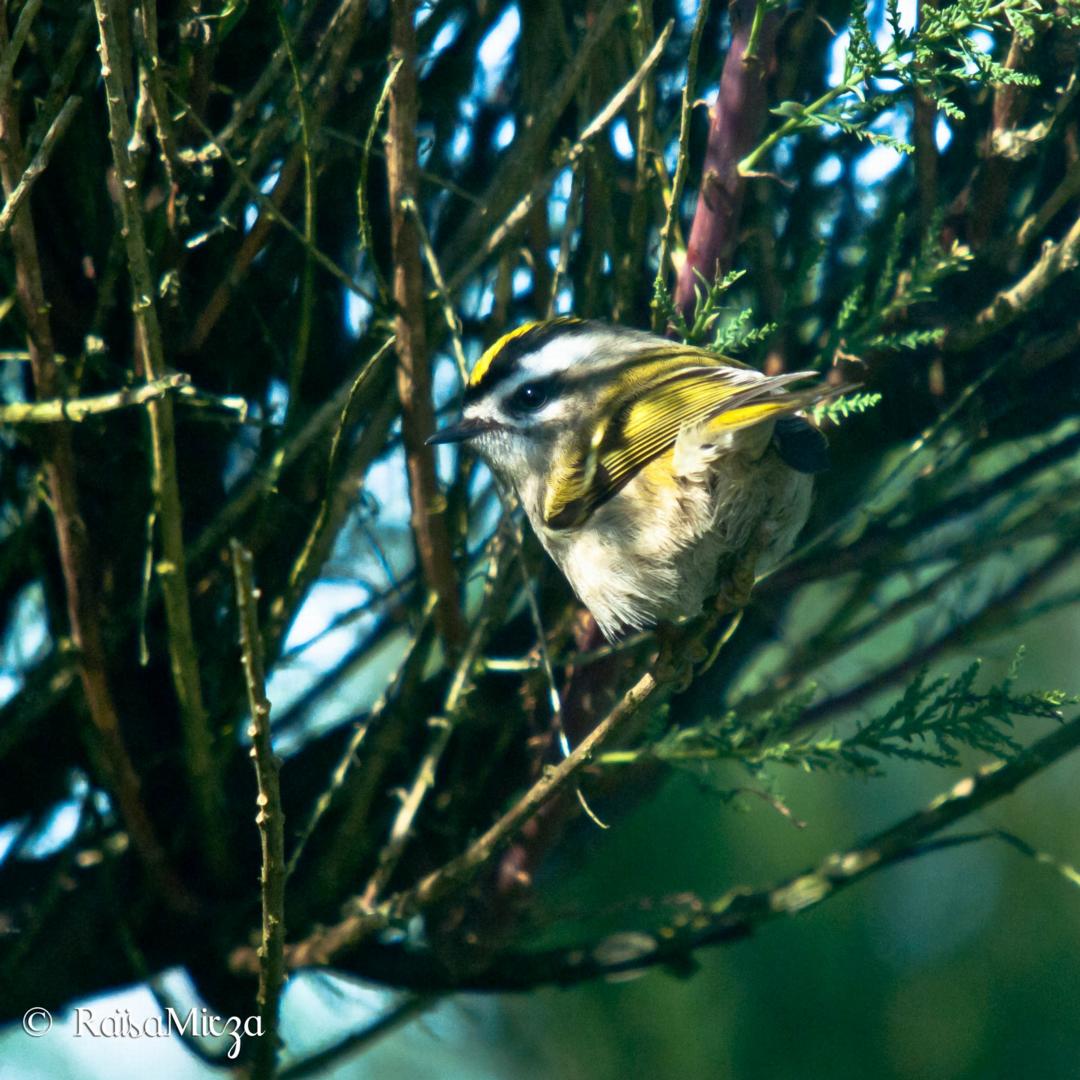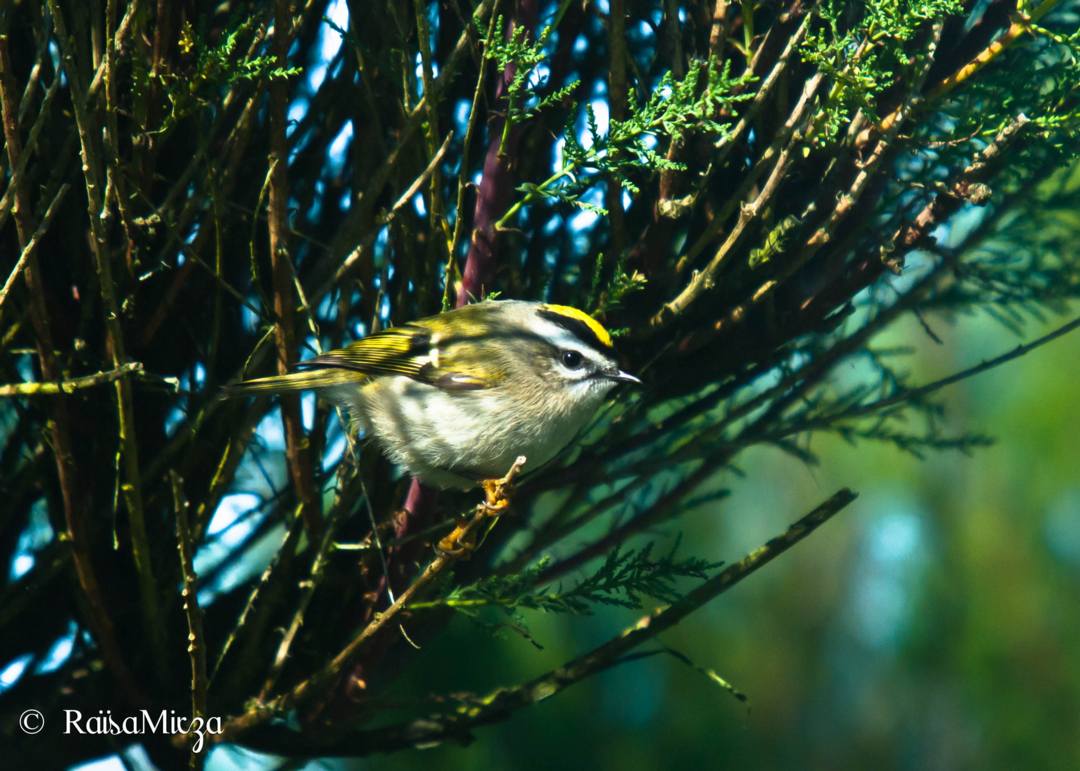*WARNING* Today’s blog post contains photos of a severely entangled sea lion with deep wounds.
Well, if my warning wasn’t an indicator – today has not been the most fun day of animal spotting.
I came across a California sea lion this morning with by far the worst entanglement I’ve ever seen. What appears to be monofilament fishing net has wrapped itself so tight that its caused deep wounds on the back of his neck, as well as the rest of the way around. On top of that, the netting is so tightly wrapped around his muzzle that he doesn’t appear to be able to open his mouth.
Given that my full time job is in marine mammal rescue, seeing entangled animals is not new to me, I see them so often that I sometimes feel immune to how awful it is.
Today I am not immune, I am horrified.
All of the right organizations and people have been contacted and I know that every single one of those people will do everything they can to help him. I just hope he stays put until then.
There is a second entangled sea lion here as well, a Steller with a packing strap around its neck which is bad but thankfully not as severe as the Cali.
Moving on to today’s census….with the weather being so bad this weekend, I’m not surprised the numbers are down from last week!
Mammals:
Steller sea lions: 392
California sea lions: 652
Harbour seals: 41
Tons of humpbacks this week and a few transient orca stopped by the jetty yesterday in the midst of the storm!
Birds:
Gulls: 215
Cormorants: 170
Turnstones: 25
Canadian geese: 23
Oyster catchers: 2
Golden-crowned kinglet: 3
If you’ve made it this far, here is a picture of a cute little bird: See the taxonomy page at https://racerocks.ca/regulus-satrapa-golden-crowned-kinglet/
Vessels:
- Ecotourism: 5
Weather:
- Sky: Cloudy and rainy
- Wind: Low of 3 knots, high of 19 knots, with gusts up to 37 knots
- Sea: Whitecaps in the afternoon
- Temperature: Low 9•C, High 14•C
** All wildlife photos taken at the furthest distance possible, and may be cropped to improve detail! **

